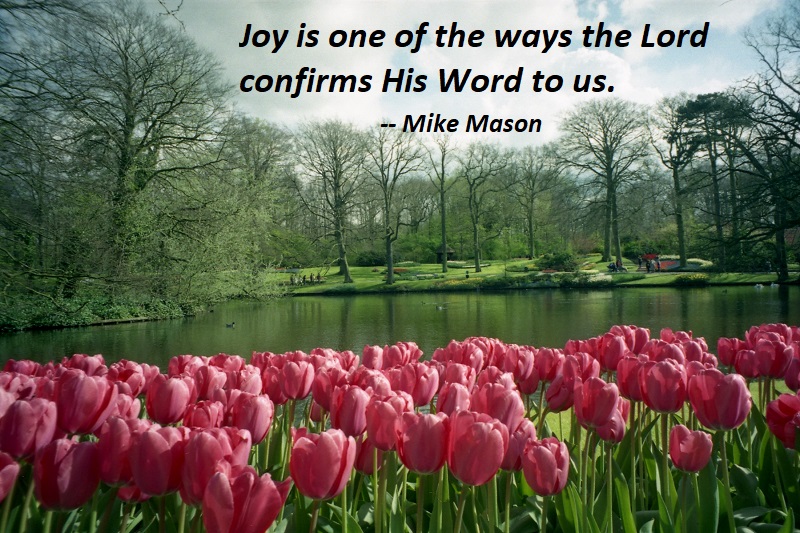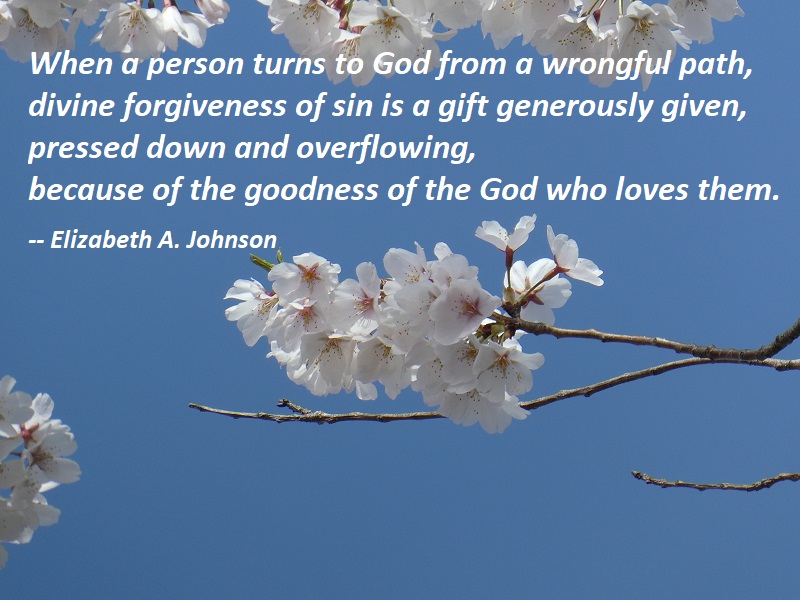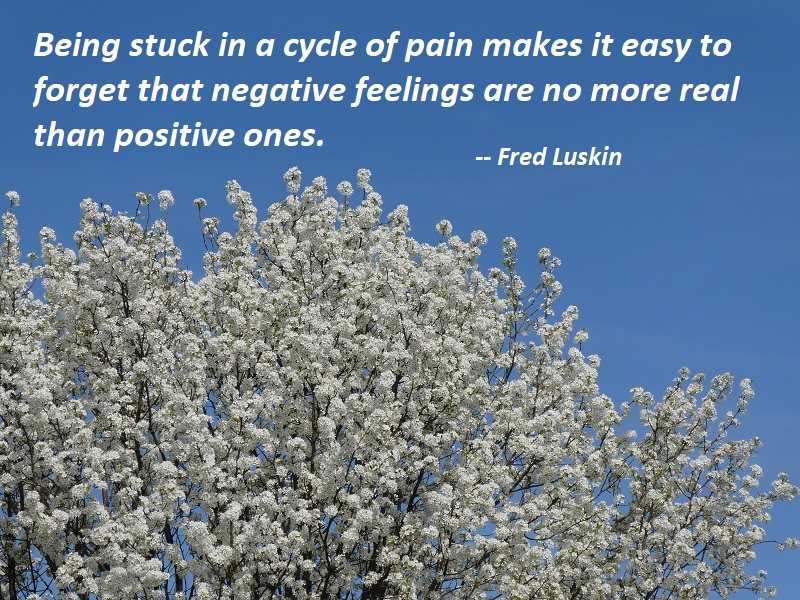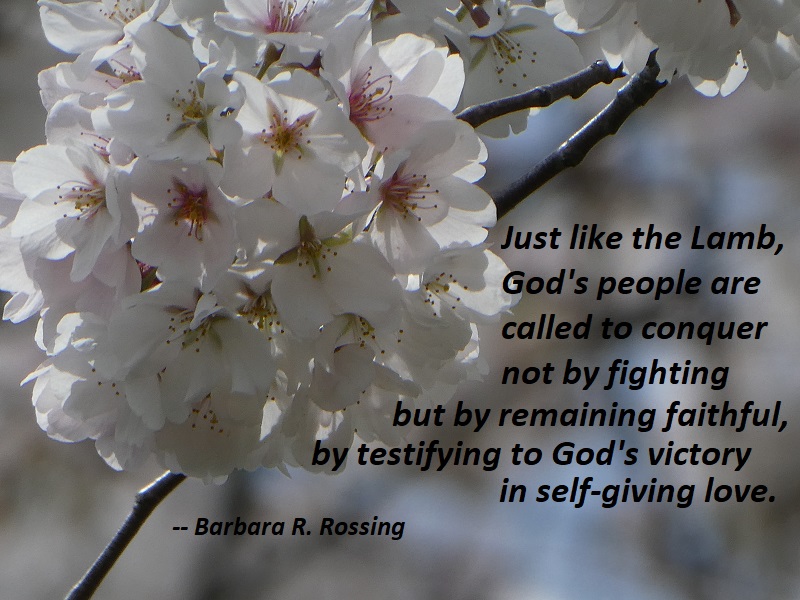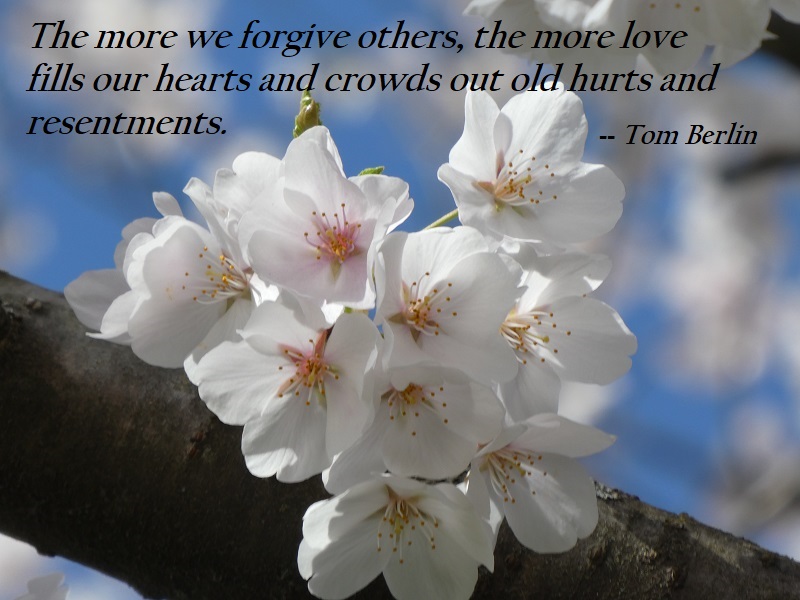Rich Diversity
Our distinctions of race, gender, orientation, and place of origin all shape how easy or difficult it has been for us to claim the same inherent needs we have to be seen and heard and respected, and they craft the specific lens through which we filter the world. The very specific intersection of our various differences alters how we individually have experienced life, and so we need to bring these all to bear as we build community, each being informed by one another. The color of someone’s skin, their inclination to love, their gender identity, the culture of their upbringing, and every other facet of their humanity matter, because these all work in concert to compose the once-in-history expression of life they manifest. These things are the unique lines of their original stories.
And as a person of faith, these distinctions all reveal the unlimited beauty of One who is the source of each of us, so this rich diversity is the very holy ground where God speaks. Bigotry doesn’t happen when we notice other people’s differences. It happens when we believe or act as if those differences make another less worthy of love or opportunity or compassion or respect. We need to learn to dance together.
— John Pavlovitz, A Bigger Table, p. 94
Photo: South Riding, Virginia, April 7, 2020



